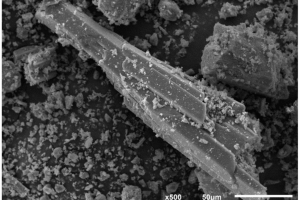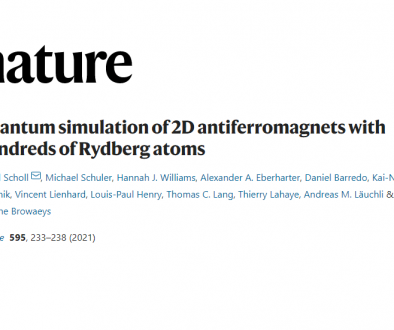Kinetic Analysis of the Thermal Decomposition of Iron(III) Phosphates: Fe(NH3)2PO4 and Fe(ND3)2PO4.
Publication Details
Journal: Int J Mol Sci. 2020 Jan 25;21(3)
Authors: Iglesias I1, Huidobro JA2, Alfonso BF1, Trobajo C3, Espina A4, Mendoza R4, García JR3.
Impact Factor: 4,183
Abstract
The hydrothermal synthesis and both the chemical and structural characterization of a diamin iron phosphate are reported. A new synthetic route, by using n-butylammonium dihydrogen phosphate as a precursor, leads to the largest crystals described thus far for this compound. Its crystal structure is determined from single-crystal X-ray diffraction data. It crystallizes in the orthorhombic system (Pnma space group, a = 10.1116(2) Å, b = 6.3652(1) Å, c = 7.5691(1) Å, Z = 4) at room temperature and, below 220 K, changes towards the monoclinic system P21/n, space group. The in situ powder X-ray thermo-diffraction monitoring for the compound, between room temperature and 1100 K, is also included. Thermal analysis shows that the solid is stable up to ca. 440 K. The kinetic analysis of thermal decomposition (hydrogenated and deuterated forms) is performed by using the isoconversional methods of Vyazovkin and a modified version of Friedman. Similar values for the kinetic parameters are achieved by both methods and they are checked by comparing experimental and calculated conversion curves.
- Scanning electron microscopy (SEM) image showing the morphology of Fe(NH3)2PO4 sample.





